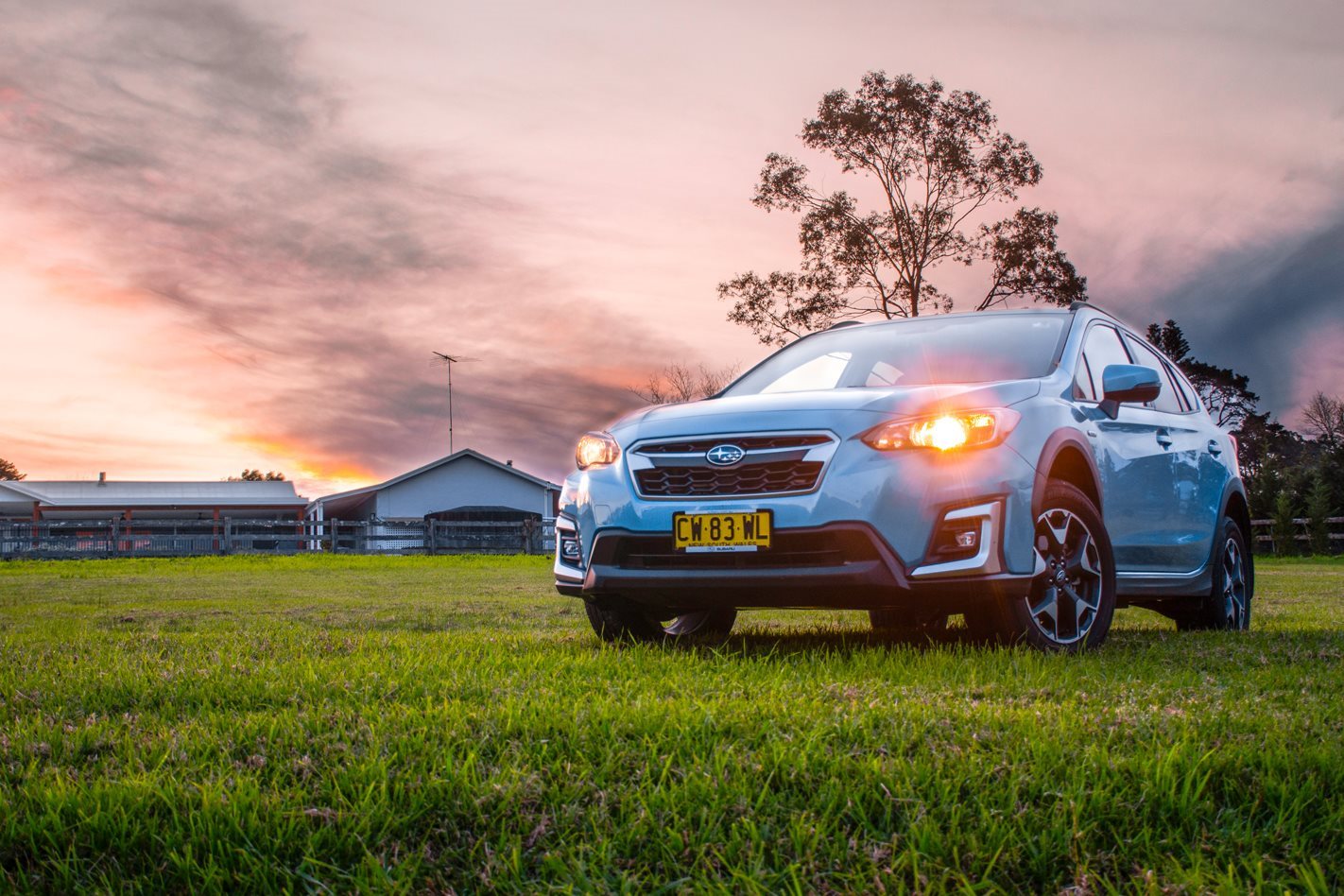
Introduction: Welcome to Subaru’s hybrid era
Update two: Serious kilometres
Update three: All-terrain or all talk?
Introduction: Welcome to Subaru’s hybrid era
ODO 1011km
Distance driven 15km
If hybrid powertrains were a school camp swimming pool, Toyota’s Prius would have been the kid who ran straight up to the 10-metre board and bombed in before anyone else has barely finished pulling on their boardies.
At the other end of the pool, however, and some considerable time later, Subaru was quietly wading into the shallowest part and trying not to make too much of splash.
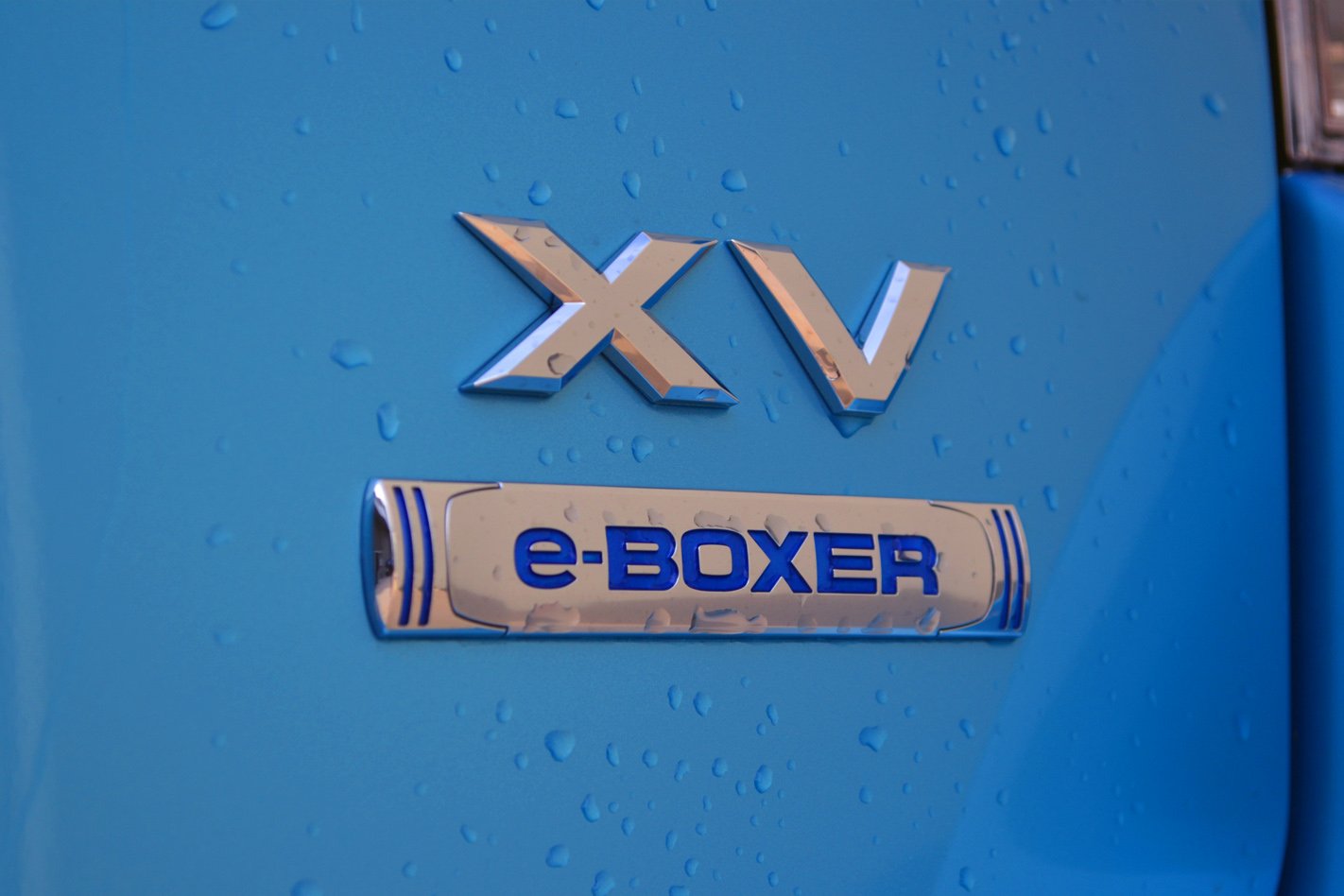
While Toyota is unequivocally the vocal early adopter of hybridisation, others such as Subaru have taken longer to dip a toe in the water. Neither is necessarily the right or wrong entrance as long as you stay afloat once you’ve taken the plunge, right?
Toyota and a handful of others have laid the ground for hybrid cars, building public interest along the way, but now other brands are getting in on the action. Has the delay been a disadvantage to Subaru or has the Japanese brand swooped in at exactly the right moment?
That’s what the next few months with the Subaru XV Hybrid are all about – Subaru is a relative latecomer to the electrified car world but it has recently made its debut with the Forester Hybrid and XV Hybrid.
We want to see if those years abstaining from hybrid models has allowed the company to watch from the sidelines, learning from the earlier adopters and the market’s response to them.

Is the XV Hybrid a well-executed and refined addition to the growing hybrid fleet available in Australia, or a benign first attempt that has some catching up to do? Let’s find out.
XV Hybrid – what you get for your cash
If you want to get the lowdown on the XV and all the reasons we rate it in ‘standard’ form since it launched in 2017 you can read all about it here, but let’s cut straight to what makes this new version unique and our focus over the coming months.
Its most obvious defining feature is, of course, the ‘e-boxer’ hybrid powertrain which takes the standard 2.0-litre naturally-aspirated flat-four petrol engine with 110kW and 196Nm and discreetly slots in a 12kW/66Nm electric motor in the transmission to boost the grunt sent to all four wheels via Subaru’s proprietary full-time four-wheel-drive system.
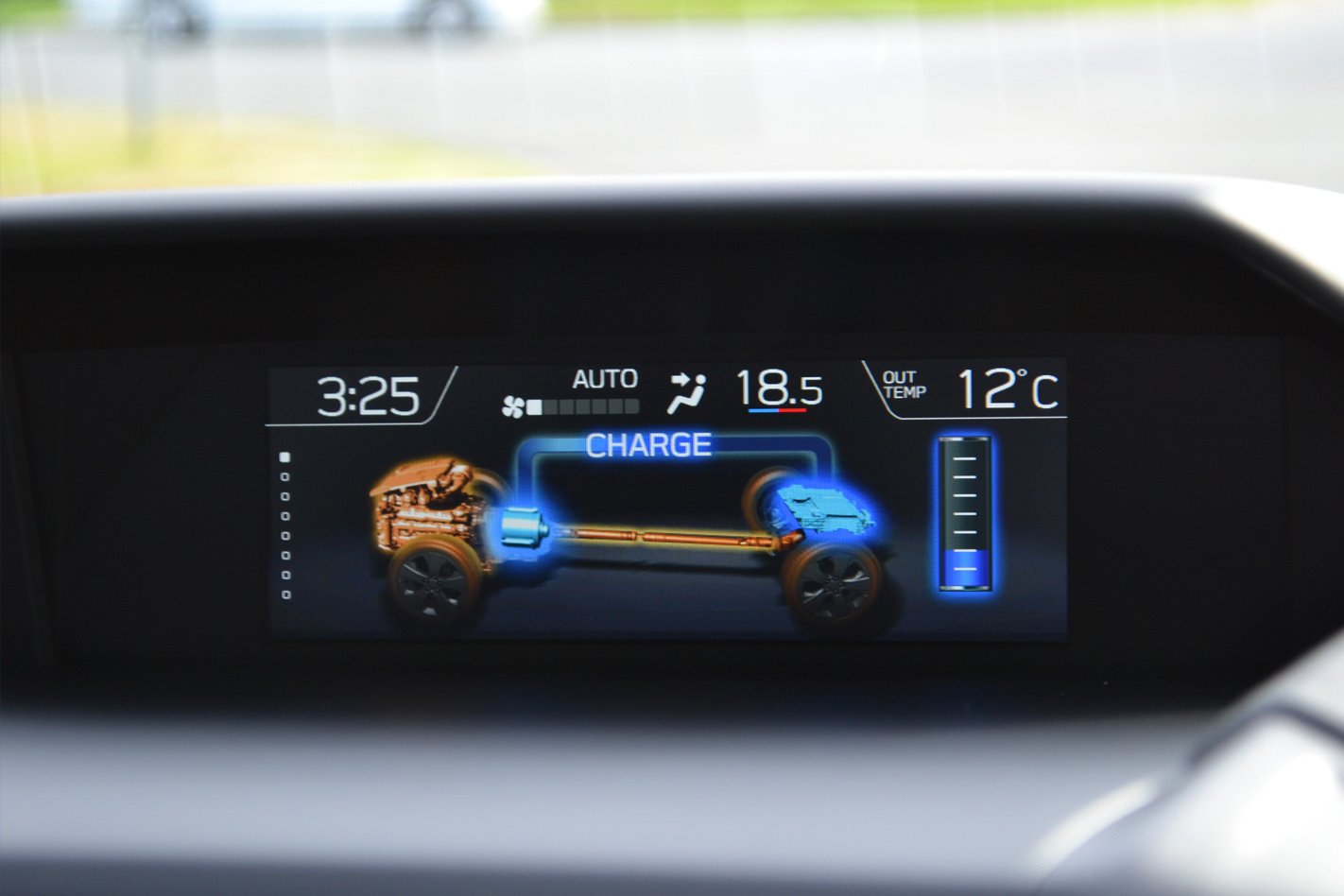
Its maker says the boost elevates the XV’s off-road ability in combination with the X-Mode driving selector, while chopping fuel consumption by about seven percent for an average figure of 6.5 litres per 100km.
Both are claims we will be testing during the XV’s tenure with the WhichCar team.
As far as specification goes, the XV is based on the mid-range 2.0i-L but the addition of the hybrid extras bumps the price up about another $4000.
It’s not quite that straightforward, though, as it also gains additional active safety features.
But even with its price premium, a $35,580 XV is still affordable and still brings a lot to the table.
Beyond its subtle facelift and unique-to-the-variant Lagoon Blue paint, you might mistake the newest addition to the XV stable for any other, and that might be the unexpected genius behind Subaru’s hybrid foray.
A subtle enhancement of what was already an excellent package of car dynamics and wagon practicality paired with go-anywhere ability, could push this Subaru to the top of the pack.
While our first impressions of the XV Hybrid have been promising, the only way to investigate Subaru’s economy and all-terrain claims is time in the saddle. Let’s go.

Update one: quiet achiever
ODO 1538km
Distance driven 527km
Average fuel use 6.7L/100km
In its first few weeks in WhichCar’s garage, Covid-19 restrictions have limited the XV Hybrid’s duties to ‘essential’ excursions only, which were about as uninspiring as you can get.
Nonetheless, pedestrian, routine chores are still a part of daily life and definitely worth handing to the Subaru. After all, it’s a hybrid and that should mean it takes to mindless commutes and thankless grocery runs like a hypochondriac to hand sanitiser. And it has.
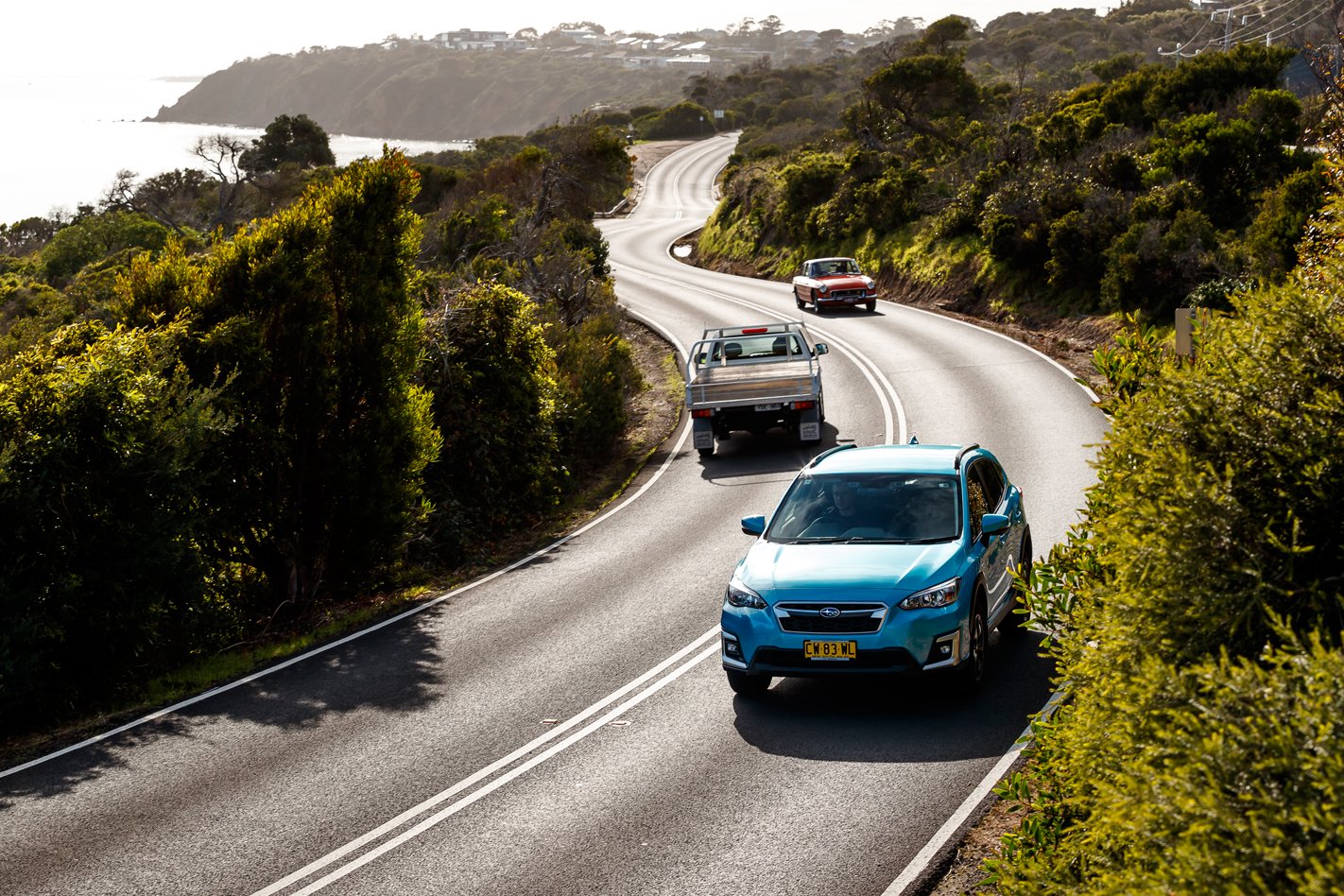
One of the XV’s talents is its ability to behave like a larger vehicle even though it occupies a small footprint.
Cathedral-like headroom in both front and rear seating is great for a full load of adults, there’s a surprising amount of legroom in the back and the boot is not just a good size but, critically a good shape too (There’s little benefit to 345-litres of volume if it can only be occupied by long, thin items).
Luggage area capacity is unaffected in the Hybrid but spare wheel space is. With the lithium-ion battery hidden away under the boot floor, a full-size or even space saver wheel is usurped by a mobility kit.
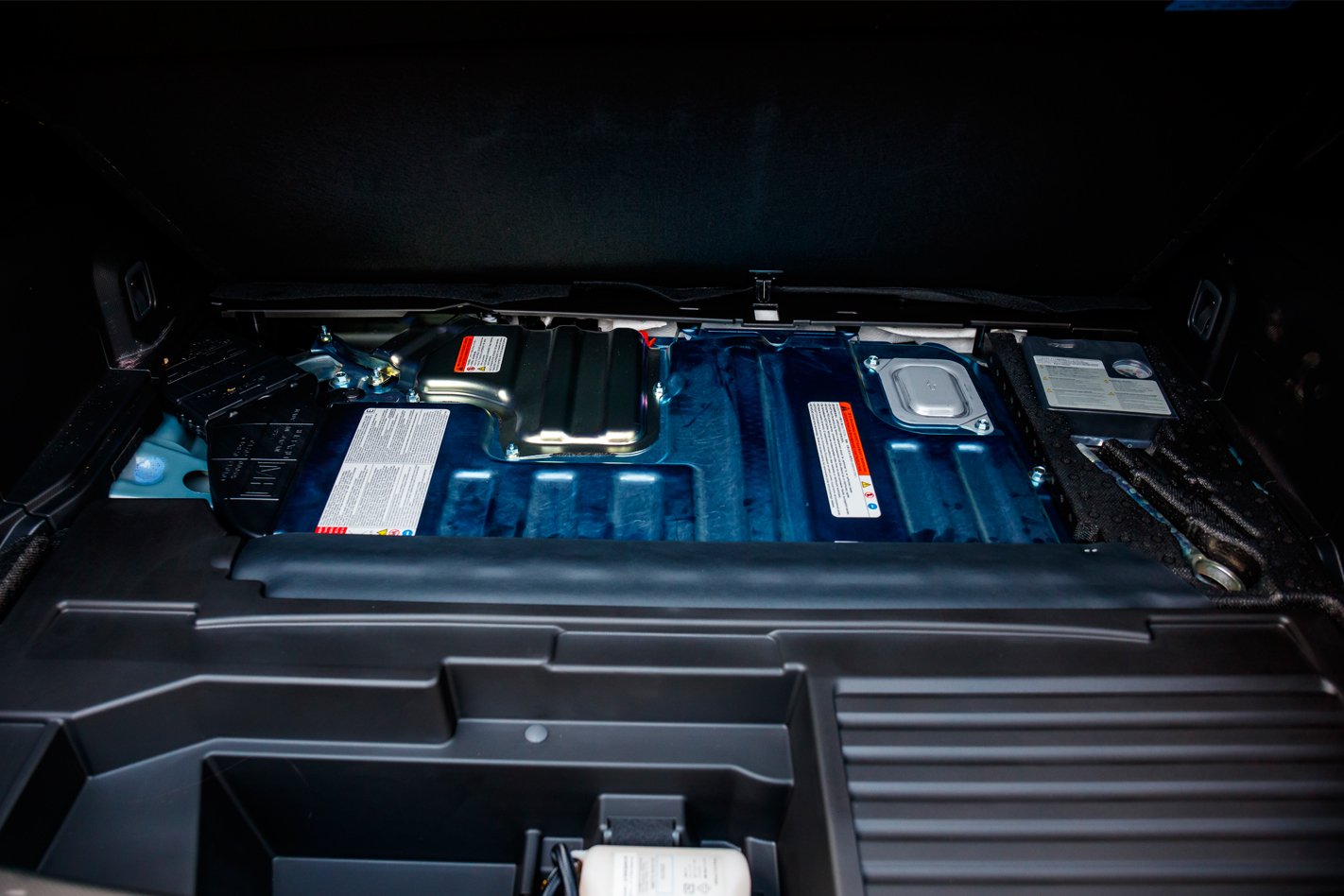
Day-to-day duties, therefore, have been a breeze and the Subaru has been a benign but not unlikeable addition to our garage.
Its hybrid powertrain has been a bit of a curio, though. I was hoping the addition of electric torque and smoothness to Subaru’s CVT automatic would perhaps refine the transmission.
Subaru’s application of CVT tech is one of the best but I’m still not the biggest advocate and there’s still room for improvement.
Strangely, the addition of an electric motor piggybacked onto the gearbox has confused it a little. Where the un-hybridised box is smooth, the transition from pure electric drive at walking pace, through to dual-power is sometimes accompanied by a jolt.
Driving smoothly at low speeds requires more concentration than you might appreciate as the electrical management decides what to do.

The extra 12kW intervention does contribute a small but noticeable boost to performance. Off the mark acceleration is adequate if not sporty.
The XV will drive under electric-only propulsion up to about 20km/h but only if you ask very little of it. Even a light prod of the accelerator or anything steeper than completely flat prompts the 2.0-litre boxer petrol into life.
Rival systems such as Toyota’s now-commonplace hybrid drivetrain allows more exclusively electric locomotion but that’s only possible with a bigger (heavier) battery and an engine (Atkinson Cycle) that is nowhere near as energetic as the Subaru’s once it starts to help out.
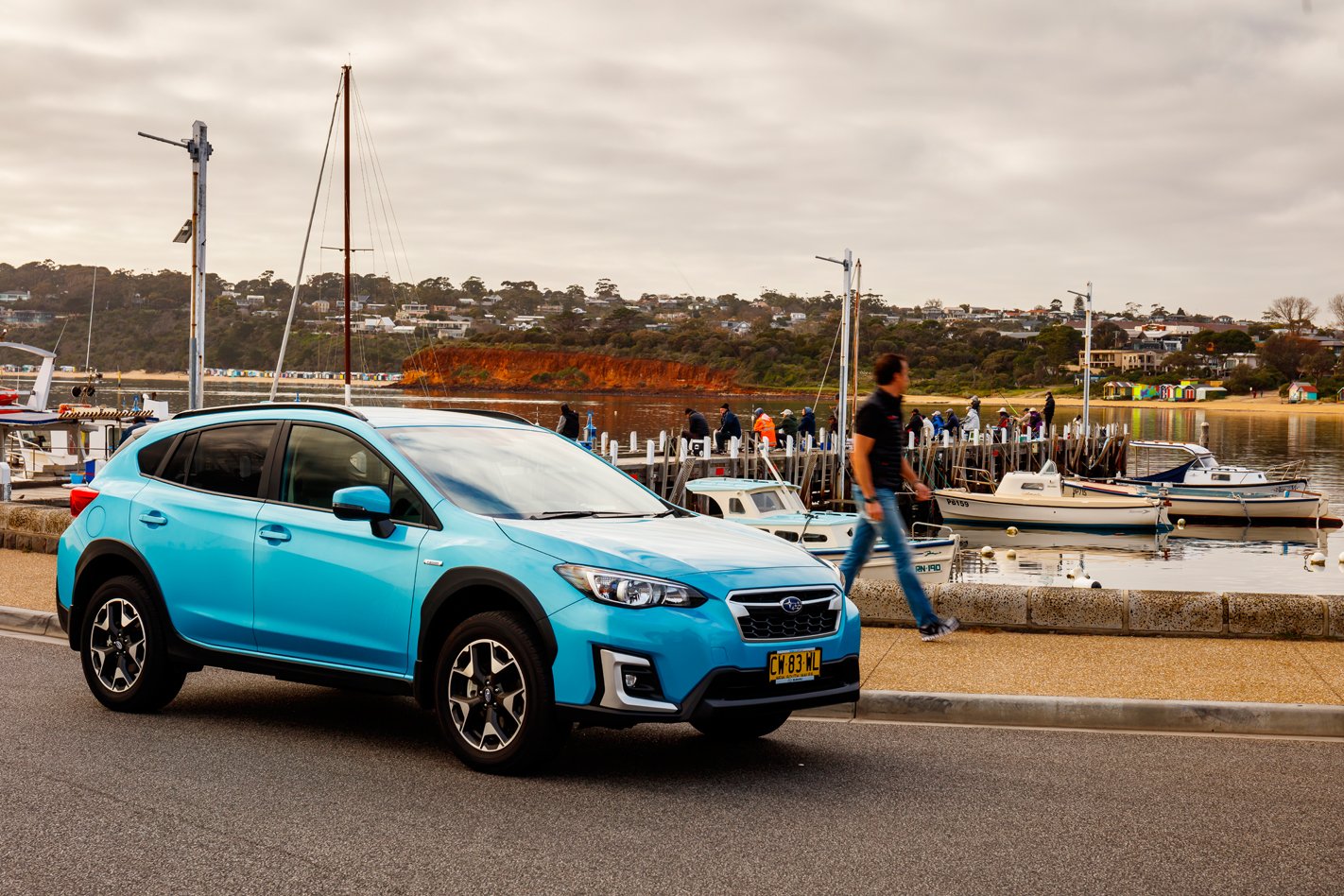
The efficiency gains are more enhanced with Toyota’s system but the impact on driving style is also more pronounced.
Put simply, the Subaru feels more like a ‘normal’ combustion-powered vehicle than almost any other hybrid.
As I had suspected from the start, Subaru’s first hybrid is almost unnoticeably subtle in its adoption of electrification and little, if anything, of the combustion-powered XV’s function is compromised compared with the hybrid. Except for visits to the petrol station.
Despite virtually undetectable electrical intervention, the hybridisation is definitely saving me trips to the servo, with an average fuel consumption not far off the claimed figure of 6.5L/100km.
Given a majority of its work until now has been notoriously inefficient urban crawls, 6.7L/100km is impressive.
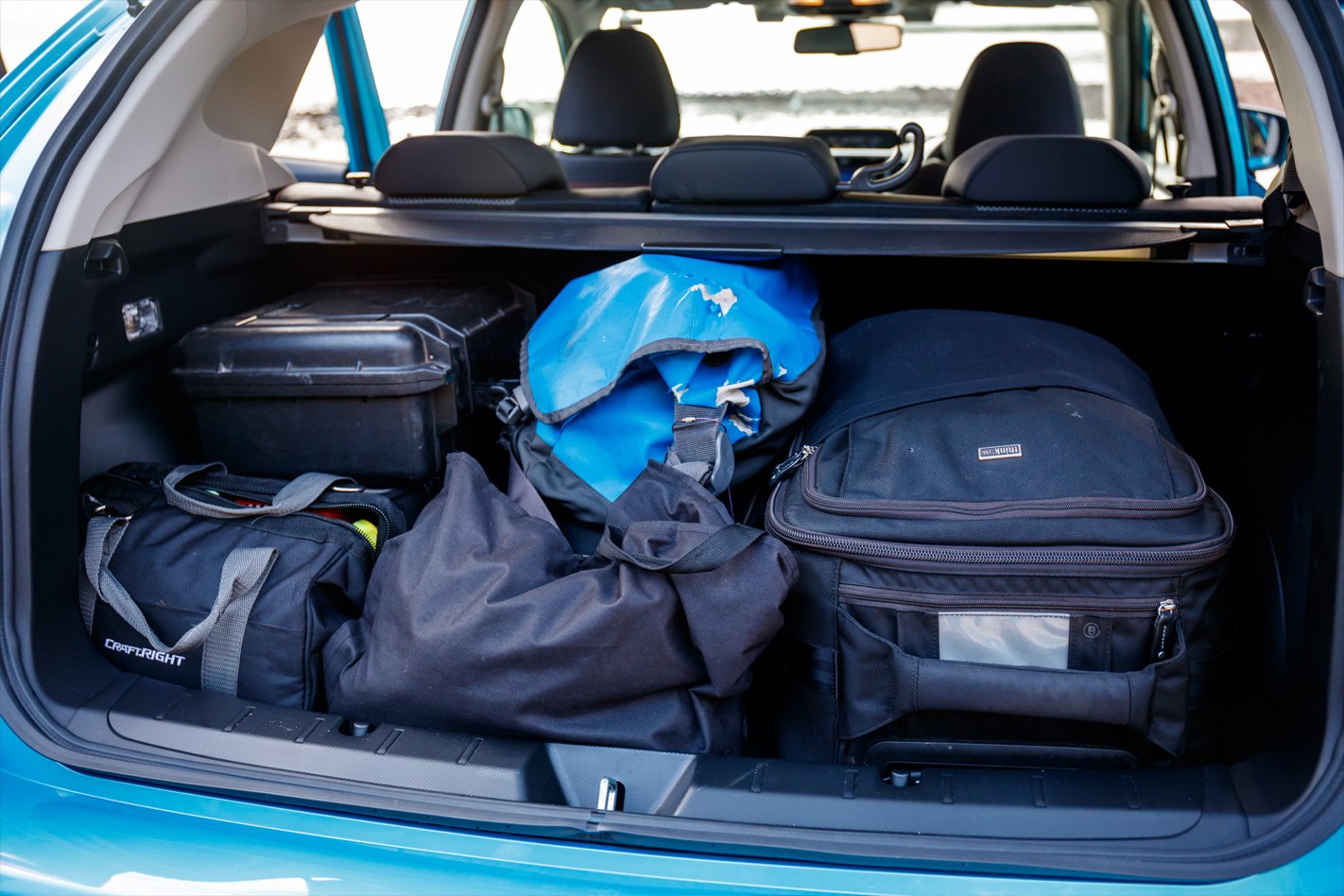
Claims of about 10 percent fuel saving over the standard 2.0-litre versions appear to be substantiated, but Subaru also says the extra grunt offered by the electric motor has advantages when you steer away from the beaten trail…
Now that day-to-day life in Australia is gradually changing course and resembling something normal again, it’s time to stretch the XV’s legs and continue this review into more adventurous territory.
But I’m not sure ‘normal’ will ever return as we knew it before and, of course, this is no normal Subaru, so I’m looking forward to revisiting the definition of ‘essential’ and taking the XV Hybrid with me.

ODO 3690kmDistance driven 2706kmAverage fuel use 7.2L/100kmWith each instalment, these updates are feeling less like a long-term car review and more like ominous captain’s log entries and, as I re-read the final paragraph of update one, I am chilled by the significance and prophecy of my own words.When I wrote that last update at the start of June, the nation was nervously taking a sigh of relief as the coronavirus pandemic seemed to be loosening its grip and we were all looking forward to some relaxed restrictions to enjoy life again.
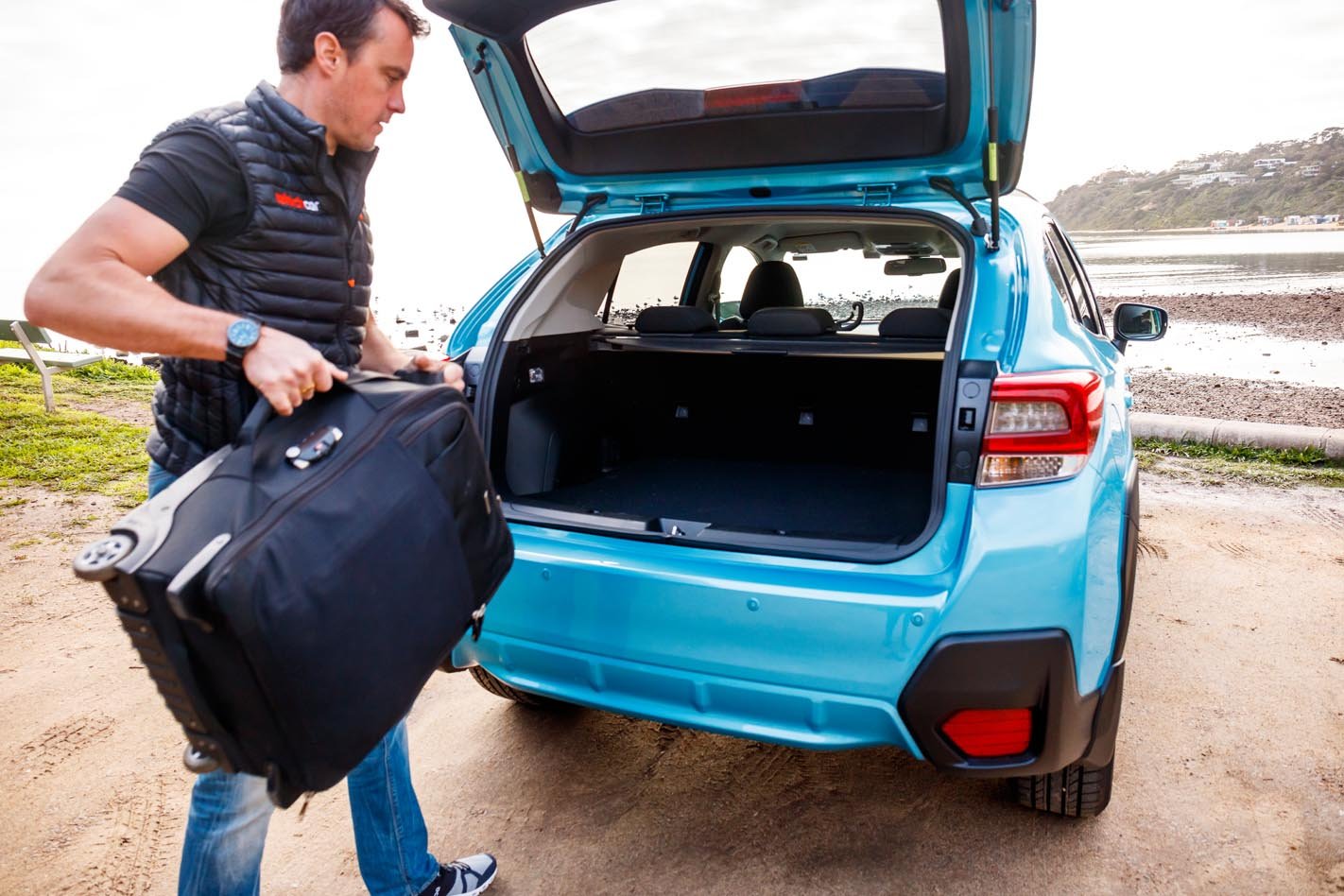
It was during this dark time that I issued the Subaru with its most important duty since its arrival in the WhichCar garage.With border closures looking increasingly likely, the possibility of seeing an imminent NSW arrival in the family was looking low, as well as the feasibility of several crucial TV shoots for the TV series.We made the call, packed the XV with everything we might need for an unknown period away from home, and headed north.

July 6, 14:00 – On the road
I should make it clear at this point that the borders were still completely open and our scheme bolting to make a crossing was completely legal, especially as we were travelling from an outer Melbourne suburb nowhere near one of the emerging ‘hotspots’.
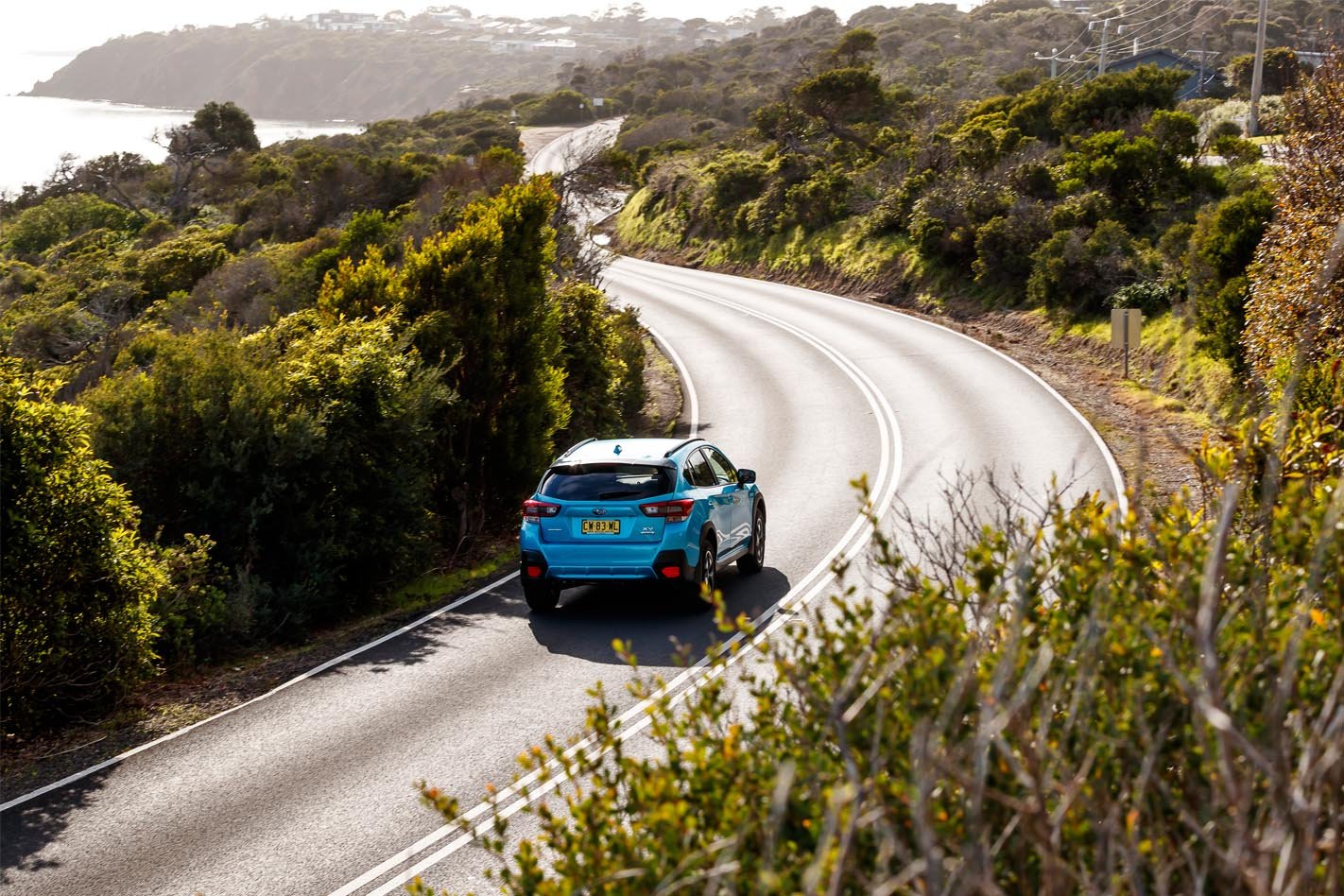
Adaptive cruise control was flicked on and left to its devices and, when it was disengaged, the lane-departure warning is among the least annoying only intervening on the rare occasion you may actually need an alert.
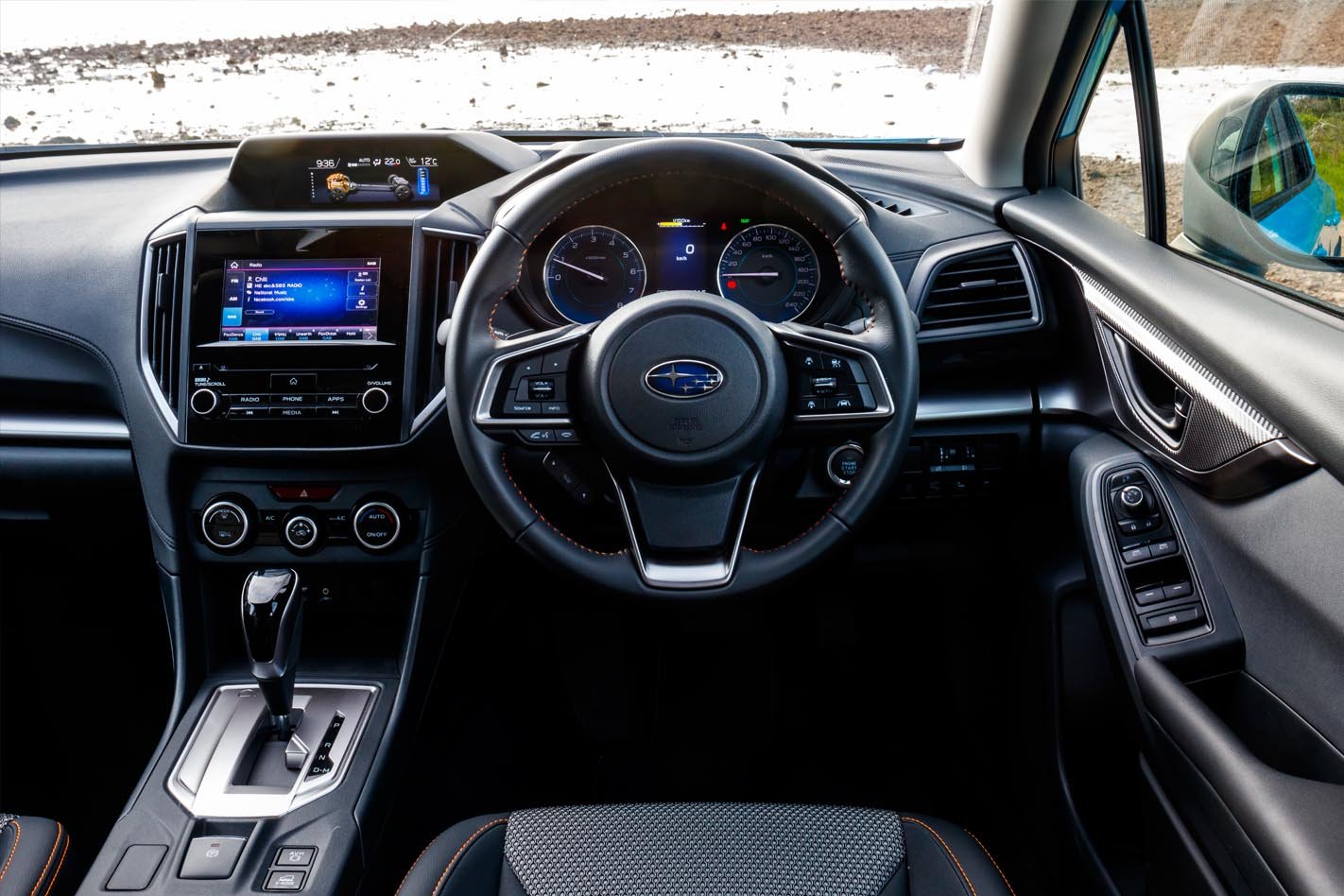
20:00 – Over the border
For long cruises out of town, including this milestone road trip, the combination of electric and boxer-four, the XV is perfect and we quietly sail into New South Wales at Albury just hours before restrictions kick in.
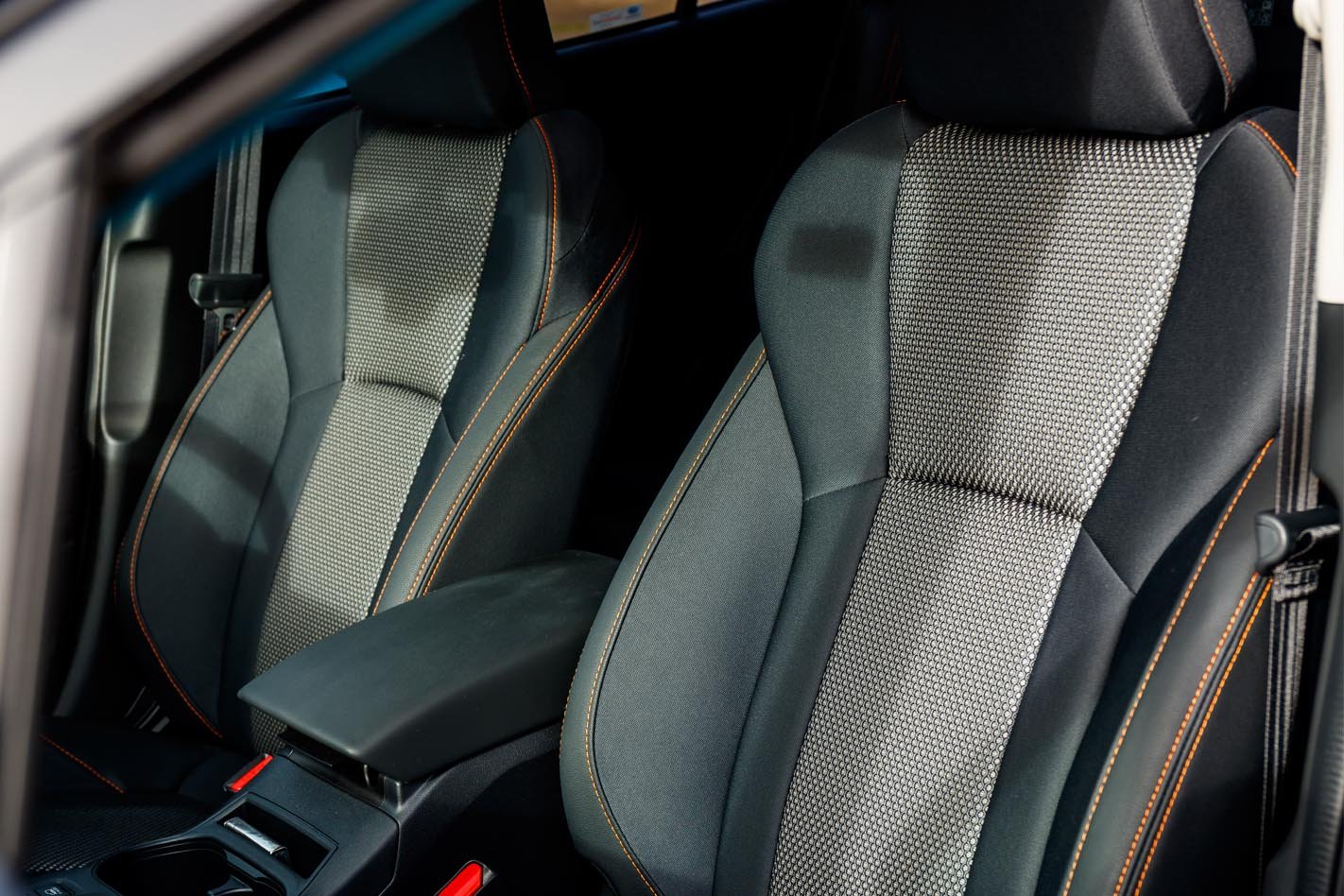
22:50 – Refuel stop #2
While the XV was reporting very respectable fuel economy, a second fuel stop seemed to suggest otherwise. Turns out the Subaru’s tiny 40-litre tank necessitates frequent refills on a trip like this.The upside is that you are never carrying a heavy load of fuel which would impact consumption as any heavy load would, but a slightly longer range would be an advantage.
Makes you wonder how much the extra weight of a motor and battery is impacting efficiency…
00:20 – Arrival
As the witching hour ticked over, we rolled into a leafy northwestern Sydney suburb and powered down the XV for the night. It doesn’t matter how many times you make the trip, the final hour is always gruelling.It could have been a lot worse, though. The XV had passed this test with flying colours. With surprising fuel consumption, excellent cruising comfort and the driver assistance systems to ensure a safe arrival, it had been a welcome companion on this spontaneous trip.
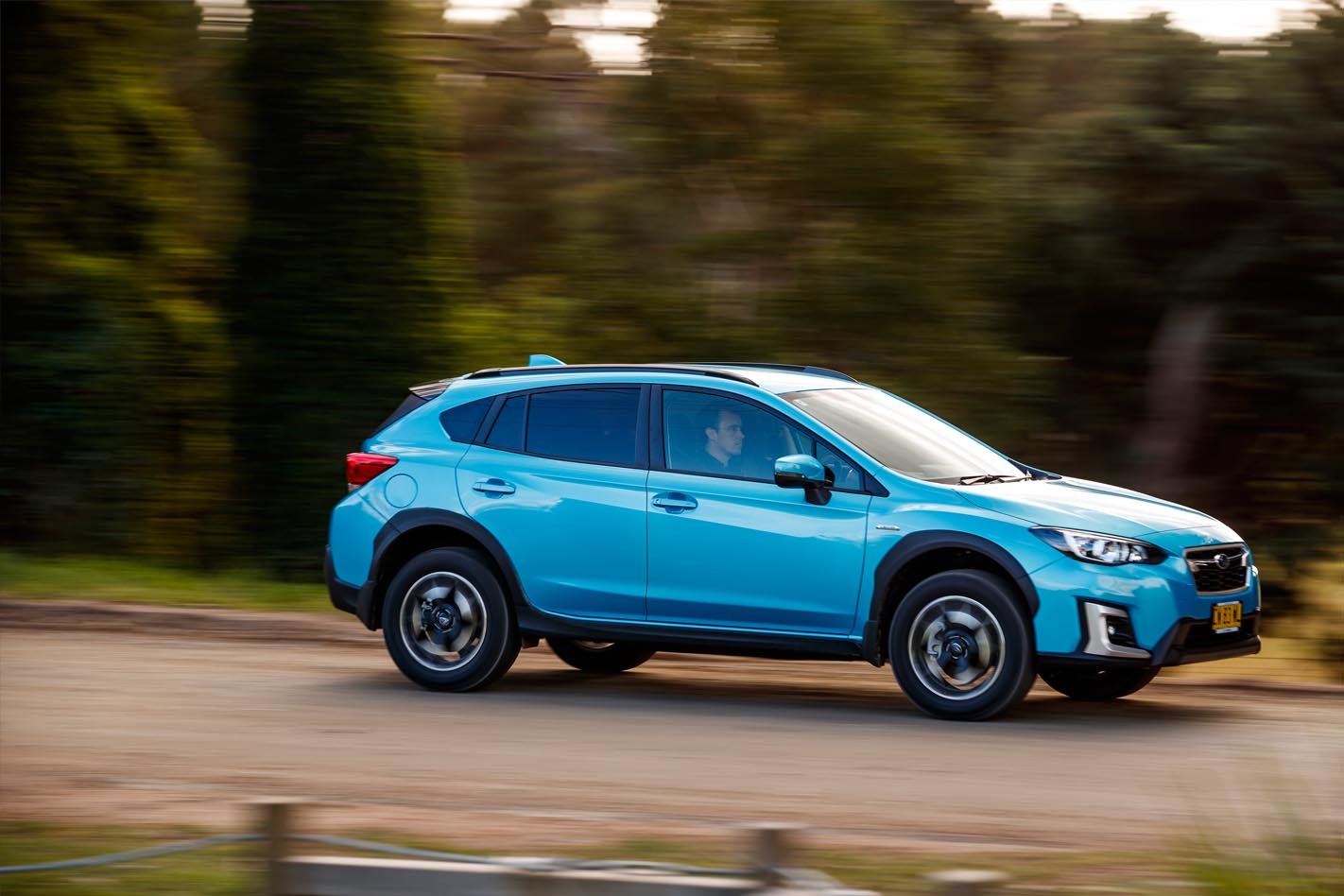
Regardless of the Victorian situation, home beckons and I’ll be saddling up the XV Hybrid and heading back into who knows what?
Update three: All-terrain or all talk?
ODO 4786kmDistance driven 1096kmAverage fuel use 6.9L/100kmFrom its initial duty as urban runabout and some seriously uninspiring drives, the Subaru has been thrust into far more significant work staying one step ahead of the corona pandemic. And it’s handling that responsibility very nicely.But before heading back into Melbourne’s petri dish and the stage four lockdown, (yeah I know, don’t ask) I thought it a good time to test another of the XV Hybrid’s claims and something that would appeal to people looking to leave the beaten trail, whether it be for a little light exploration or evading doomsday.
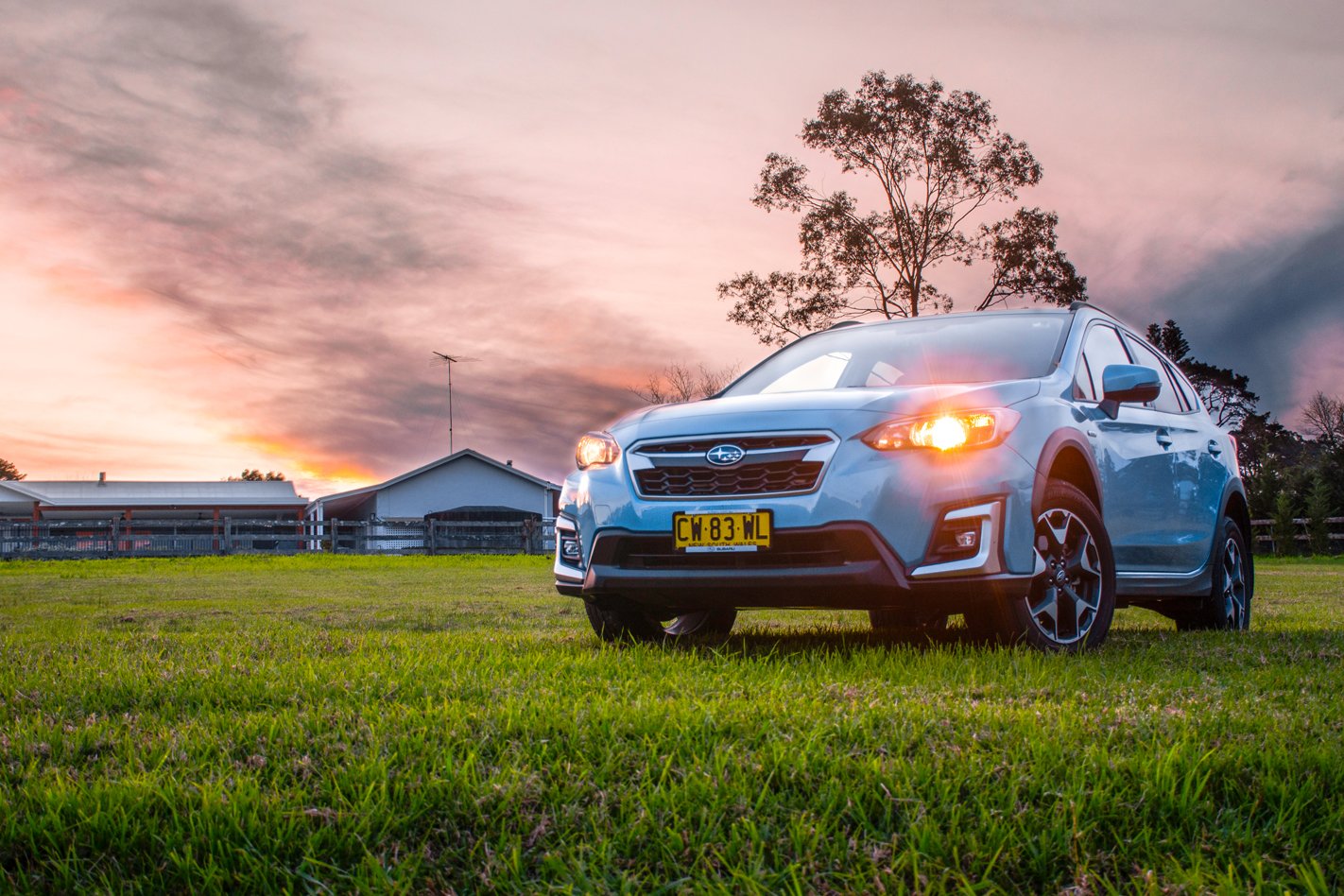
Read next: Snow and ice in the XV One of the most pleasing things about the XV in any guise is the simplicity of switching from its good on-road manners to the off-road realm.
There’s one button to hit to switch its brain into X Mode but other than that, everything stays as it was. No selecting surfaces, altering ride height, faffing with this and adjusting that.
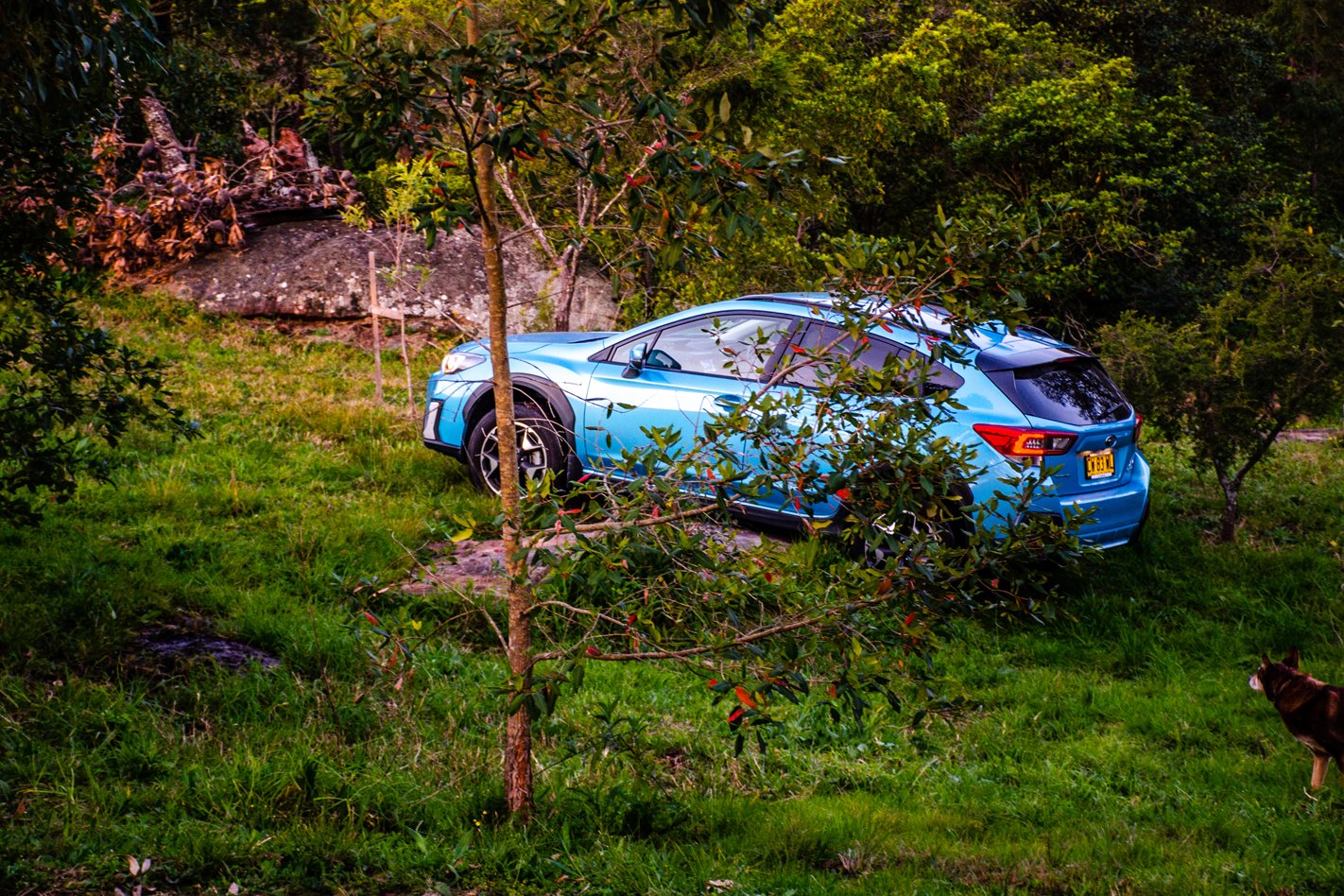
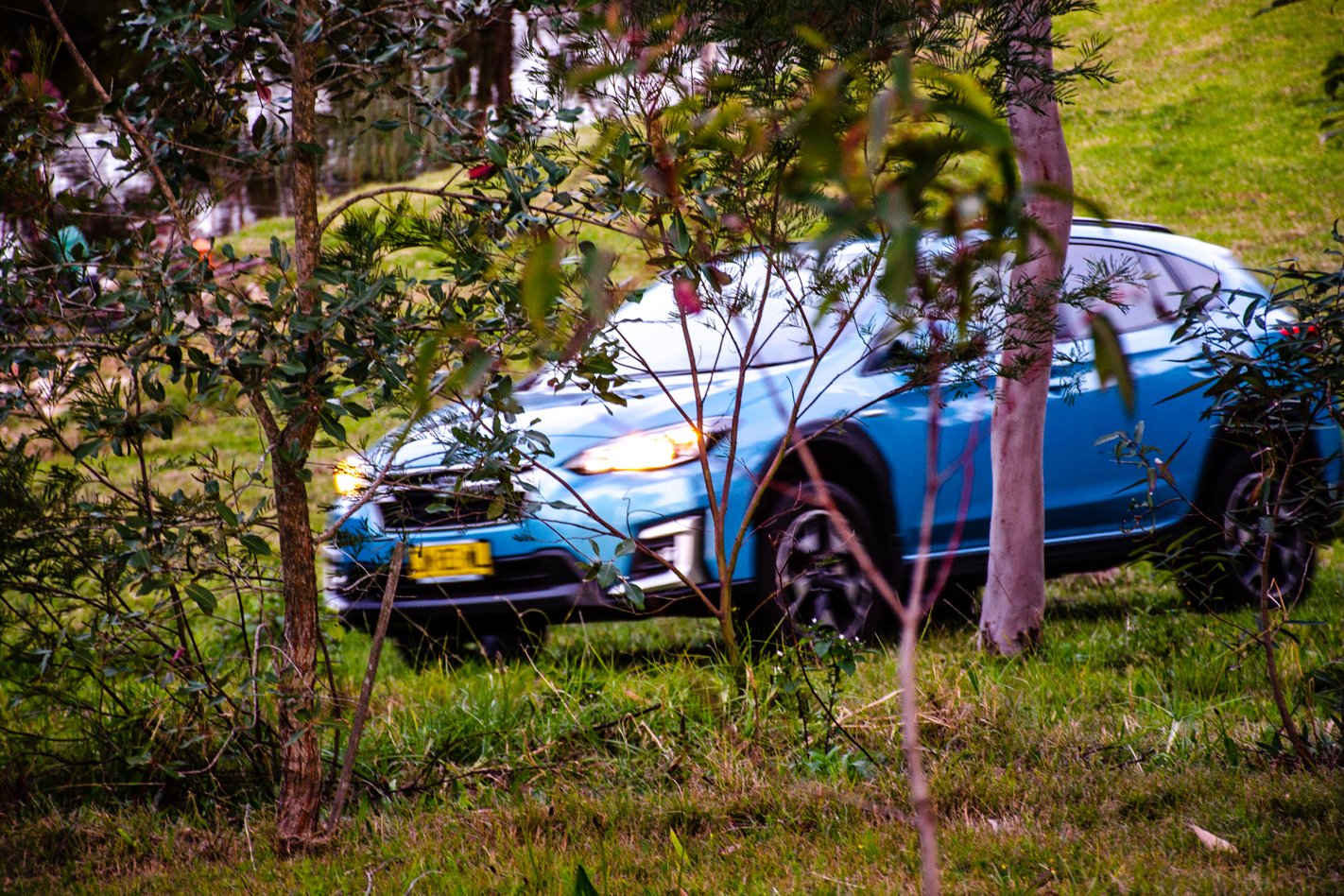

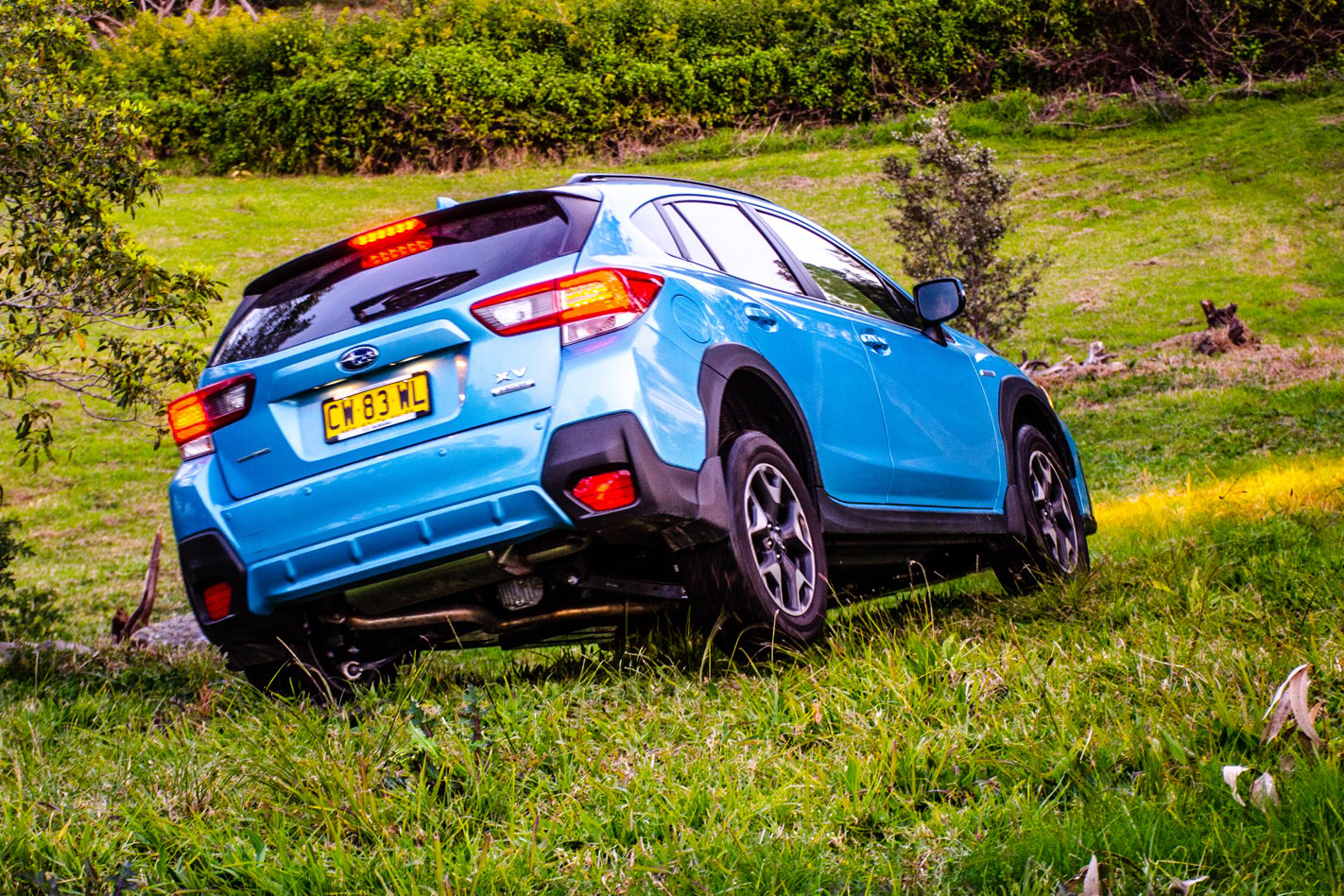
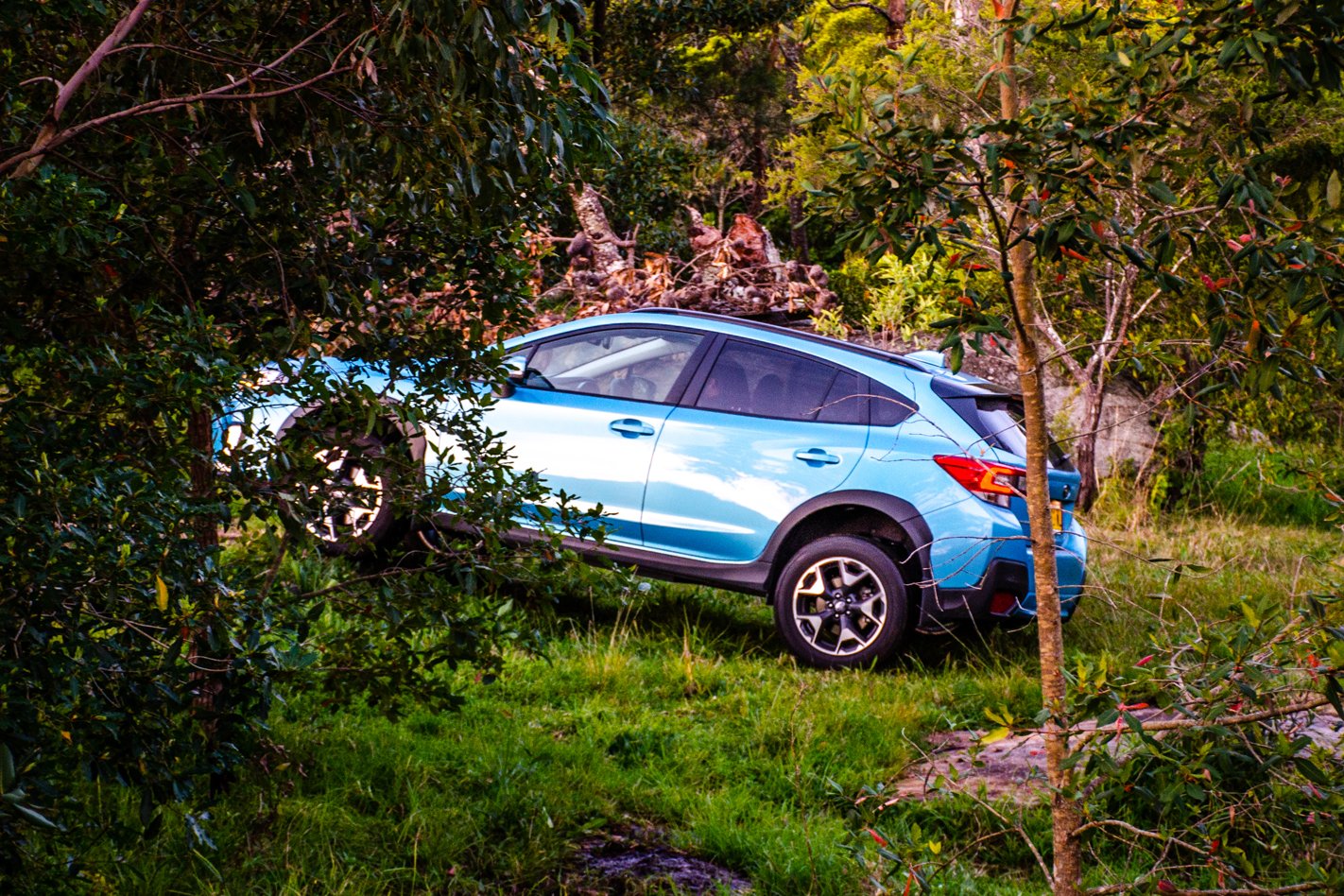
Update four: Farewell
ODO 6184km
Distance driven 1398km
Average fuel use 6.9L/100km
It seems like an age since I grabbed the keys to the XV Hybrid and started planning what I was going to do with Subaru’s hybrid foray over the months it would be resident in the WhichCar garage. But I could never have imagined the dramatic changes that the Lagoon Blue wagon would carry me though. Perhaps not quite an age, but certainly an era.
The original plan had been to keep the electrified wagon for a generous six-month tenure but perhaps the most unexpected global circumstances have blown its residency out to nearly eight months and the kilometers covered to more than 6000.
It will be a year no one will forget but the one many probably want to and, while there are certainly parts I wish could have been different, there are also chapters worth reflecting on in a positive light.
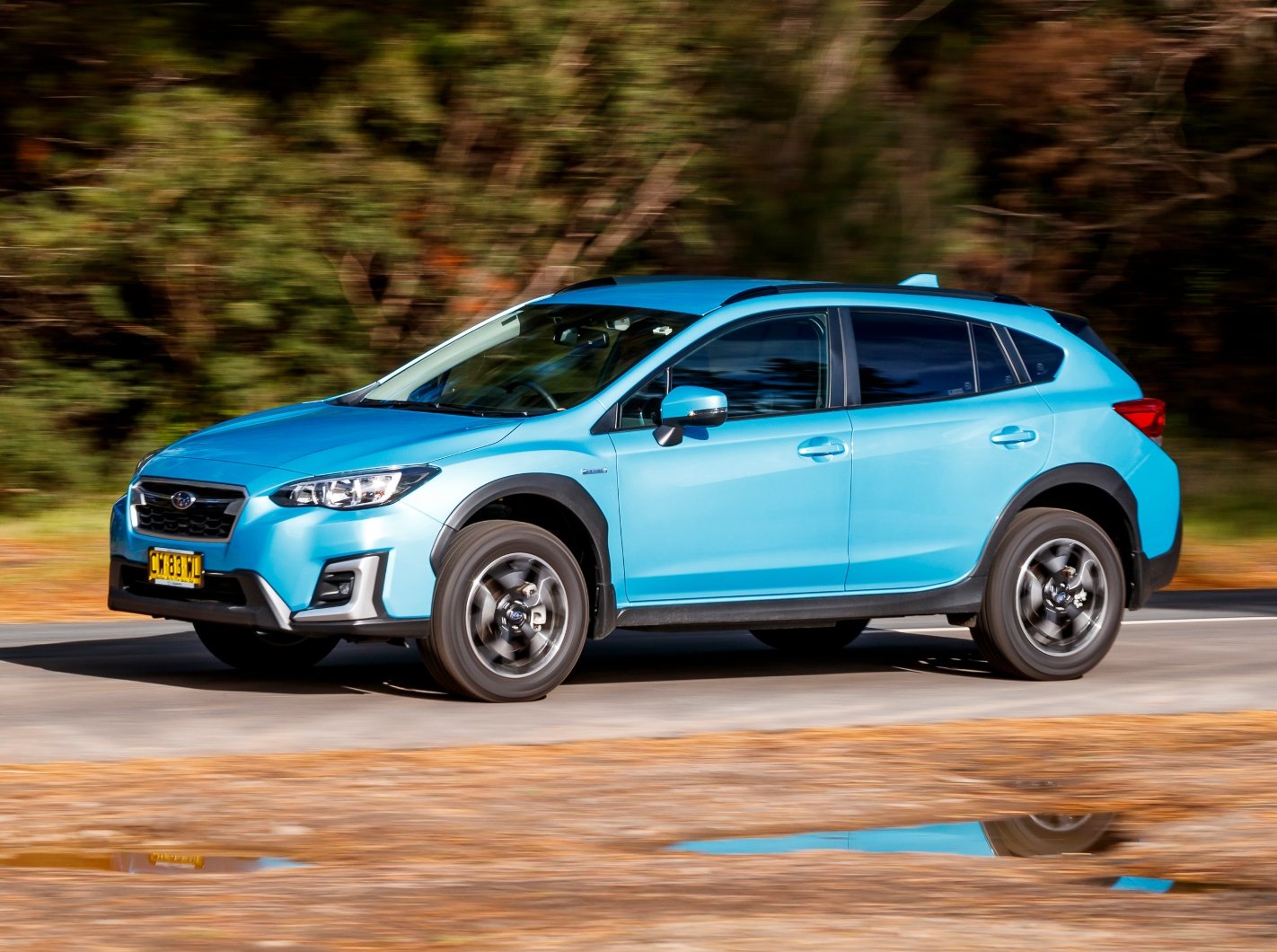
And one of those is the steed that served as my companion from start to … well … whatever point we are in right now. The XV Hybrid’s boot was loaded floor to ceiling when Victoria’s borders looked shaky, enabling our escape to NSW and the completion of WhichCar’s second TV series filming.
It was the vehicle that shuttled me back into Victoria at the peak of the crisis much to the perplexed look on one police officer’s face at a checkpoint. And it marked another milestone travelling more than 5km when the situation appeared to be evolving into better times.
Surrounded by a world that had been flipped on its head and an entire community entranced by Dan’s updates and the ‘daily number’ it was comforting to have a car as stoic and versatile as the XV in our stable.
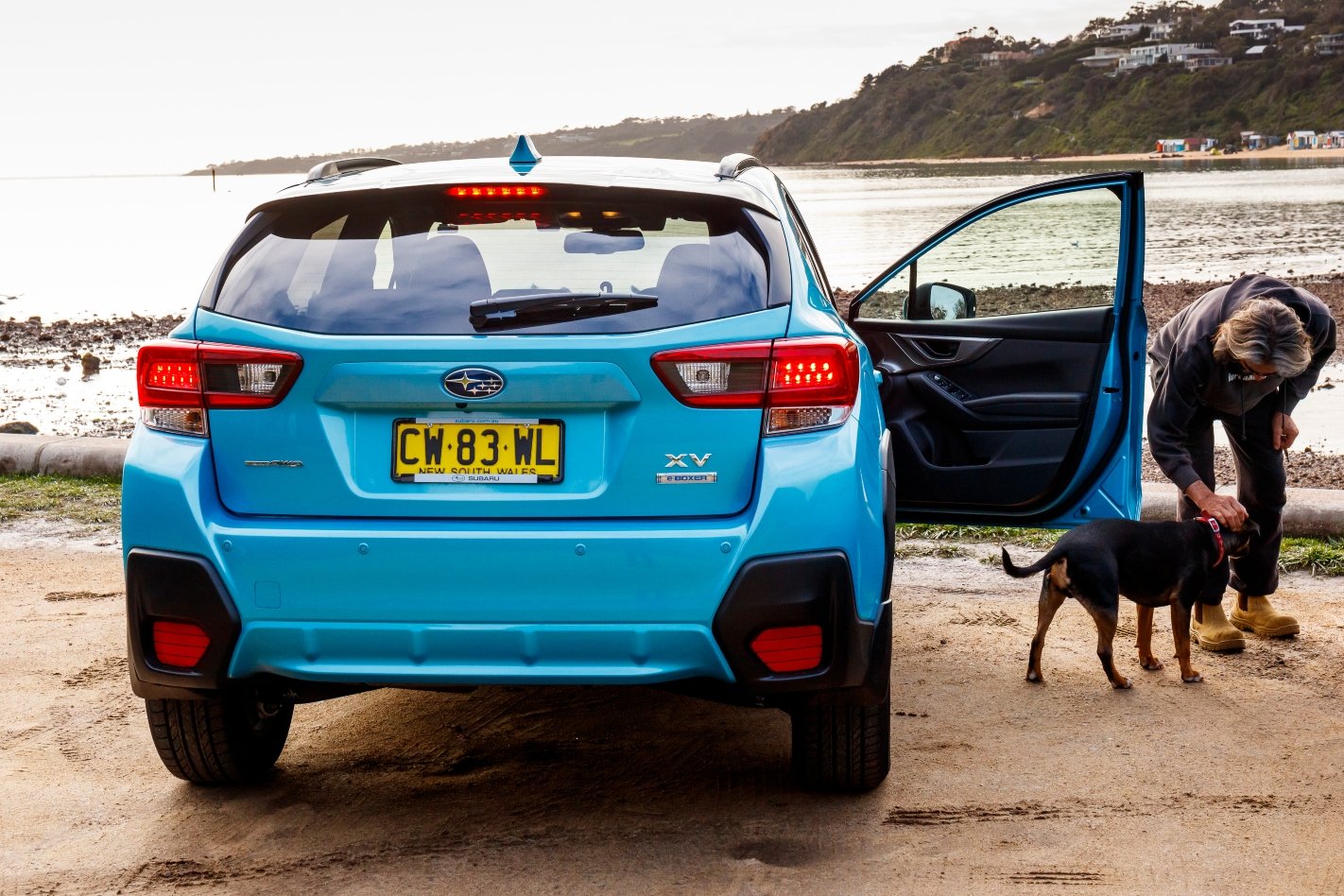
Subaru’s promise of go-anywhere ability and all-paw stability has been attracting many loyal Australian customers for years but, in 2020, the nation was craving those virtues in every aspect of life. For me, at least, the XV has been a metaphor for hope and a symbol of something better.
Sure, its hybridization is about as mild as a system can be while still accurately claiming to use both electricity and petrol power for motion, and its balance of both can be clunky at times, but minimizing resistance to change is all about small steps.
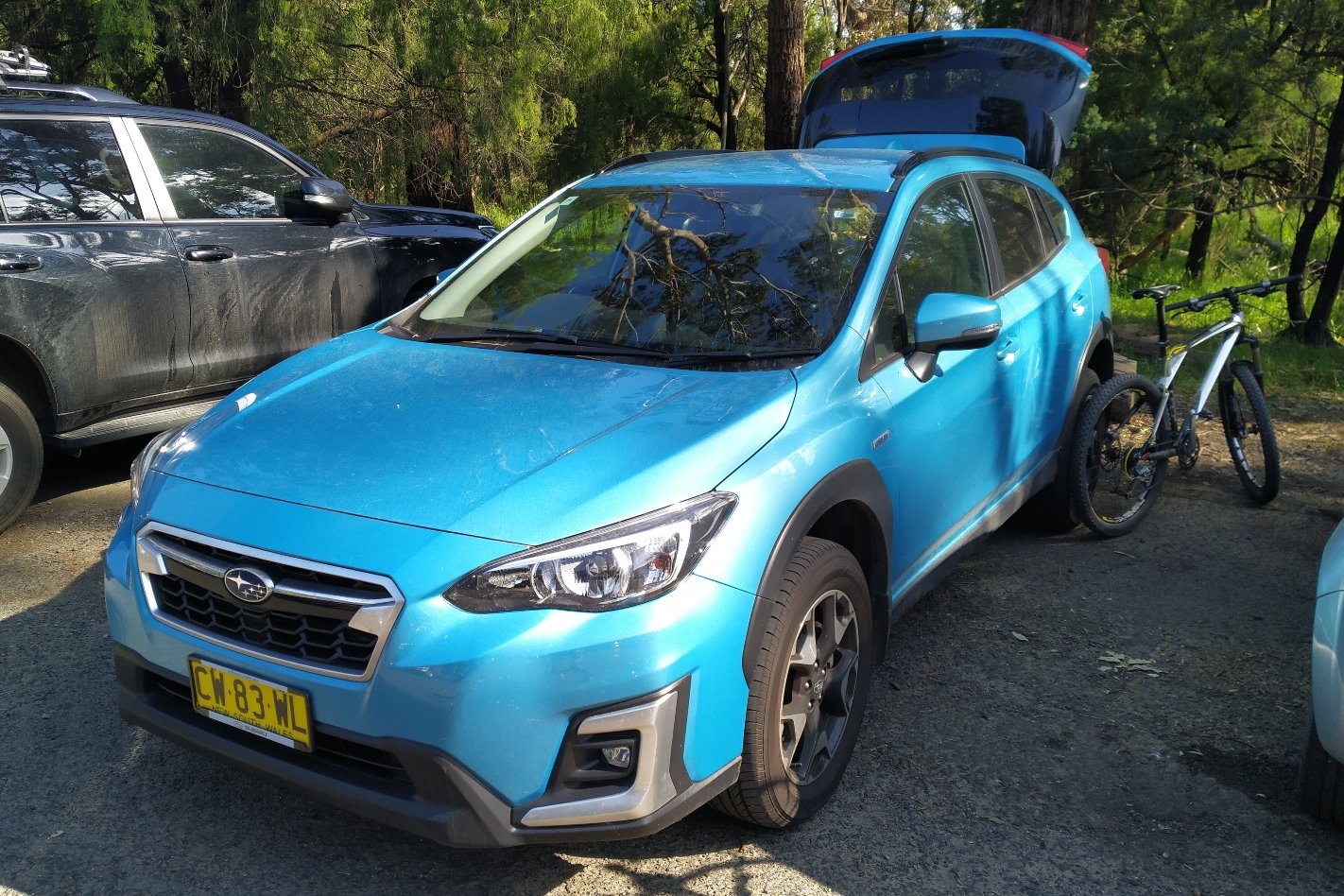
Indeed, since taking custody of the XV Hybrid, Subaru has announced another XV Hybrid choice in the line-up with a Hybrid S representing a more generously equipped option above the original version – now named the Hybrid L.
And that’s a trend you can expect to see continuing. With a hybrid and electric compatible Subaru Global Platform (SGP) now proliferating the entire family, more electrified models are imminent including plug-ins and don’t be surprised if you see the company’s first pure EV on the horizon.
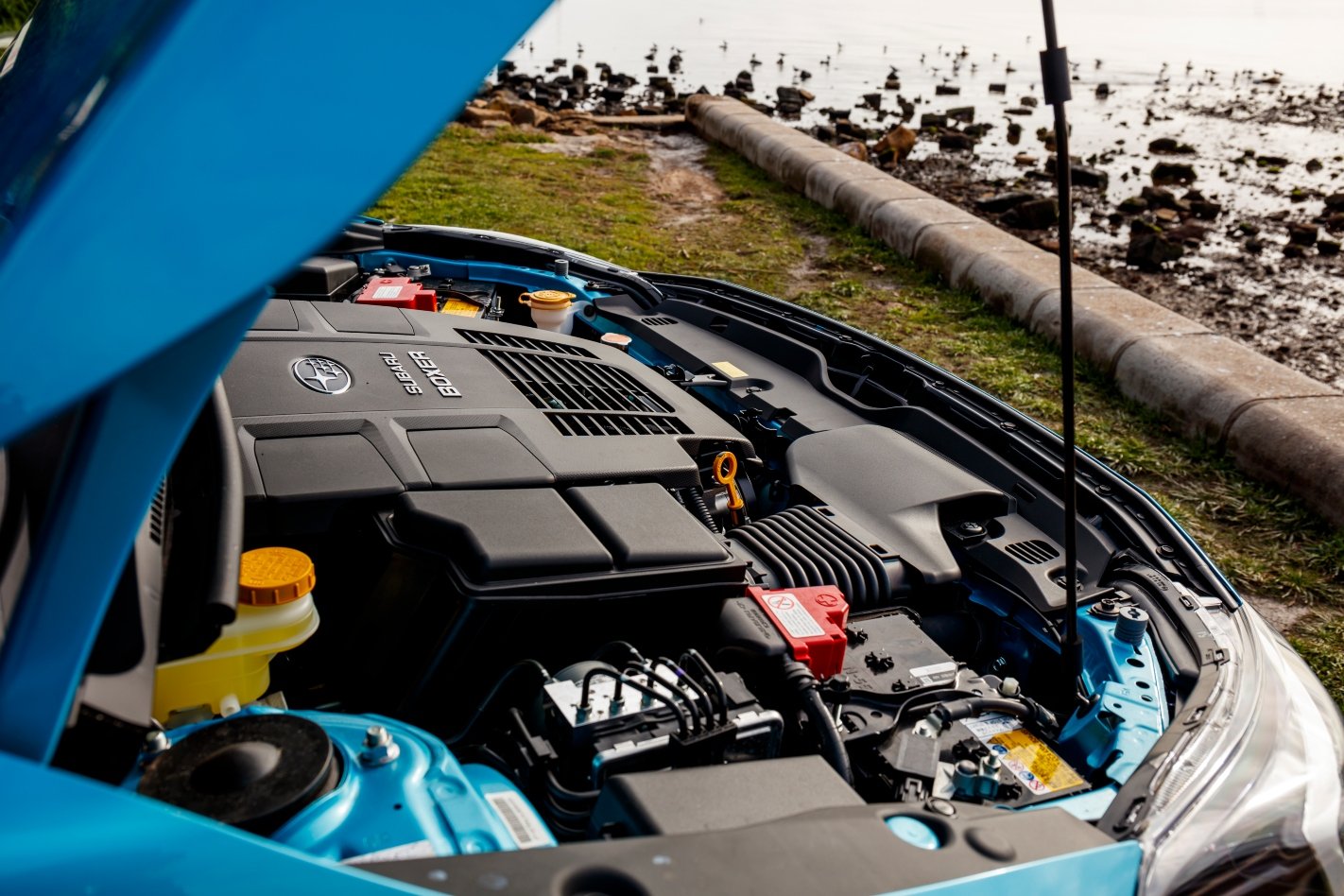
For now, the empty spot on my driveway serves as a reminder of a car that manages to make benign surprising. The XV Hybrid drives like a small car but has the space of a decent wagon, it doesn’t feel like an SUV but goes places many rivals won’t and, although the benefit of its electric motor is hard to pick on the road, its shows at the pump.
I don’t think anyone expected Subaru to blast onto the EV scene with a mighty full-electric machine that would make the Porsche Taycan look like a golf cart. Instead, a mild but well-rounded pair of hybrid models makes far more sense as a start.
And that’s exactly how the XV Hybrid and Forester Hybrid should be regarded – not as an earth-shaking game changer that turns everything on its head (we’ve had enough of those over the last year) but as a statement of intent and a glimpse of a brighter future – and right now, that’s exactly what the world needs.
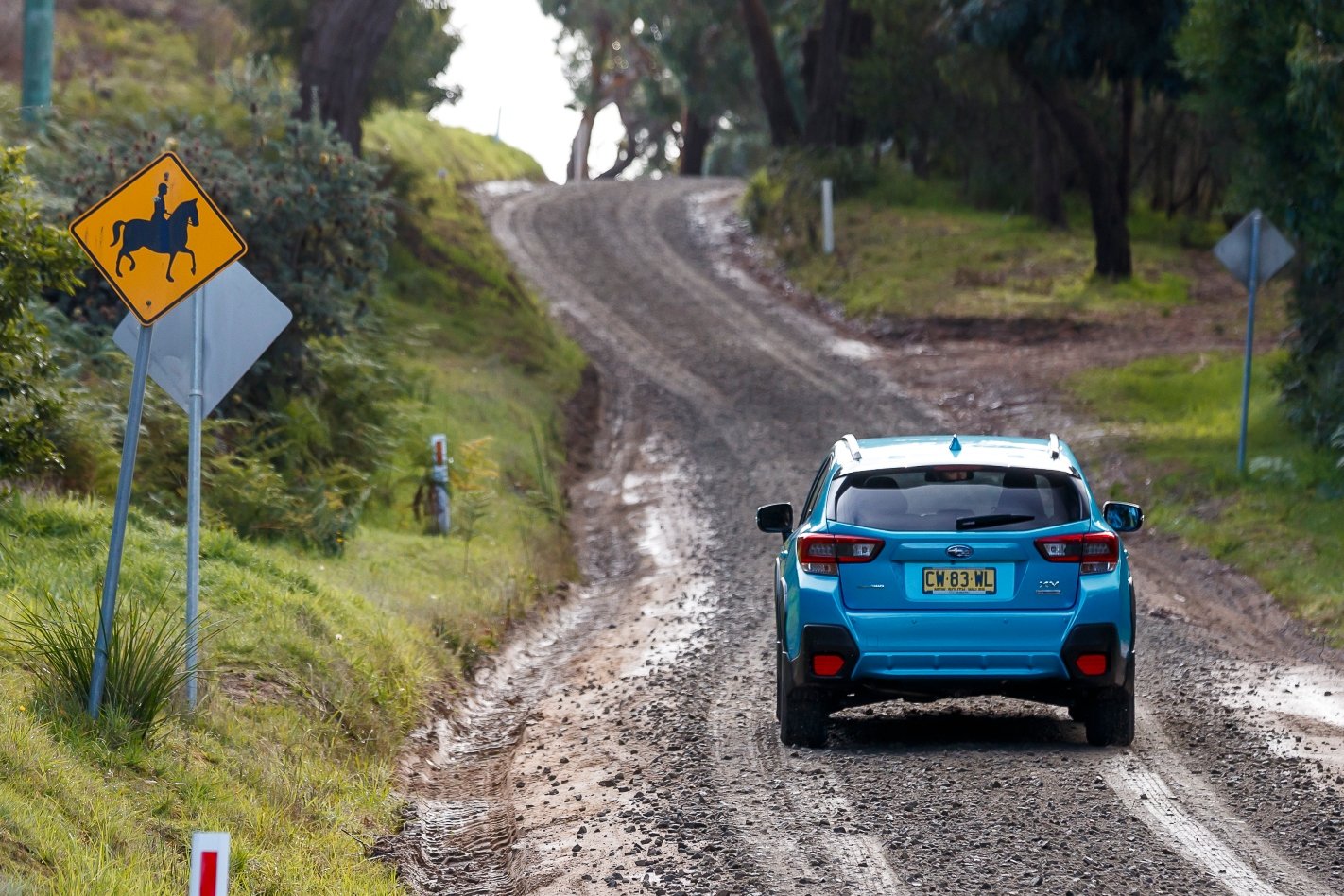
>




